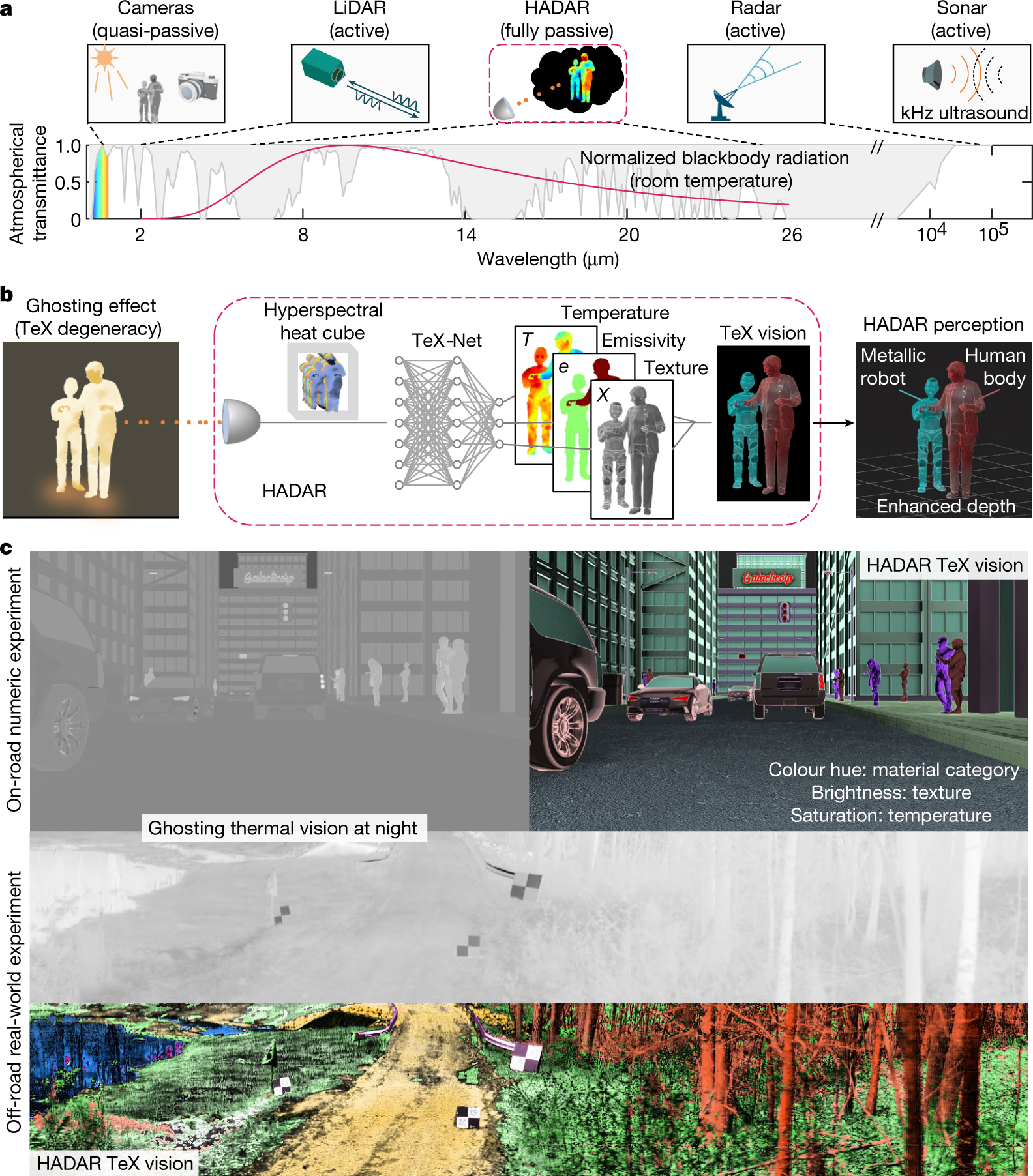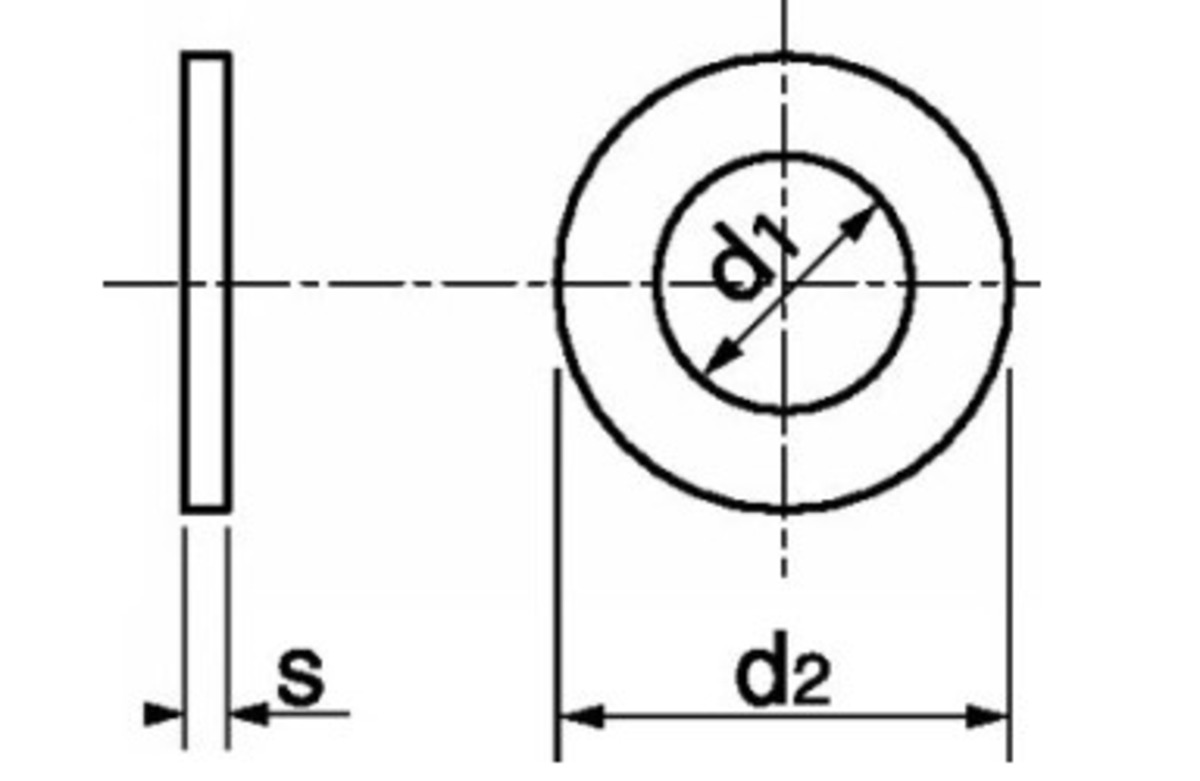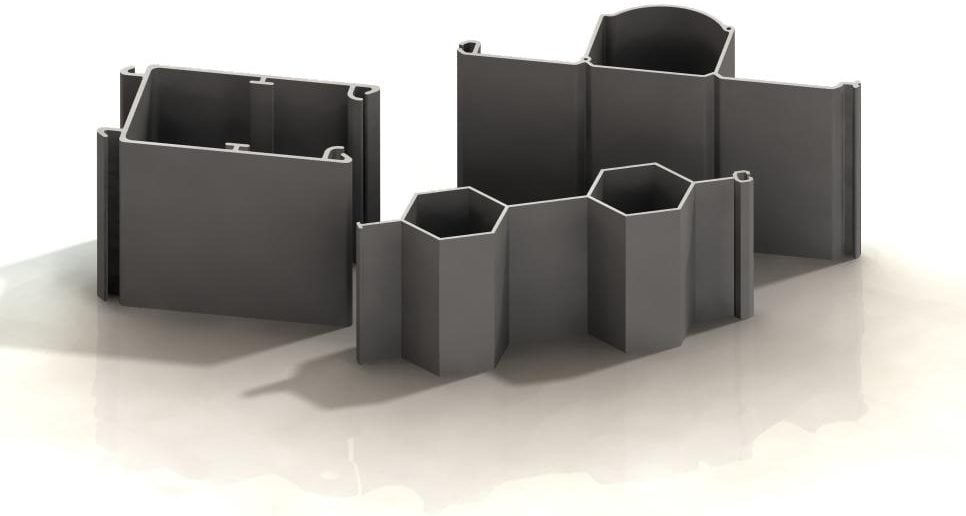a) Transmittance of PILE‐1 over the visible wavelength range. Inset
4.6 (724) · € 30.50 · En Stock
Download scientific diagram | a) Transmittance of PILE‐1 over the visible wavelength range. Inset: photograph of the PILE. b) DSC curves of PILEs and PBA. c) Storage modulus G′ and loss modulus G″ of PILE‐1 and PBA. d) Frequency dependence of the storage modulus G′, loss modulus G″ and loss factor tan δ of PILE‐1. e) Temperature dependence of the shift factor of PILE‐1. f) Temperature dependence of the storage modulus G′ and loss modulus G″ of PILE‐1 from 0 to 150 °C. g) WAXS profiles of PILEs and PBA. h) SEM images of PILEs. і) PILE‐1, іі) PILE‐2, ііі) PILE‐3. from publication: A Mechanically Robust, Self‐Healing, and Adhesive Biomimetic Camouflage Ionic Conductor for Aquatic Environments | Flexible conductive materials capable of simulating transparent ocean organisms have garnered interest in underwater motion monitoring and covert communication applications. However, the creation of underwater flexible conductors that possess mechanical robustness, adhesion, | Underwater, Camouflage and Biomimetics | ResearchGate, the professional network for scientists.

Probing Coherent Surface Plasmon Polariton Propagation Using Ultrabroadband Spectral Interferometry

Transmission Line and Equivalent Circuit Models for - IEEE Xplore
Micro-IR reflectance spectra measured outside (blue) and inside (black)

In-situ investigation of optical transmittance in metal thin films - ScienceDirect

Light Extraction of Trapped Optical Modes in Polymer Light-Emitting Diodes with Nanoimprinted Double-Pattern Gratings

Review and perspective on ultrafast wavelength‐size electro‐optic modulators - Liu - 2015 - Laser & Photonics Reviews - Wiley Online Library

Transparent organic upconversion devices displaying high-resolution, single-pixel, low-power infrared images perceived by human vision

The vis-NIR absorbance spectrum of the ultrathin helical Au−Cu

a) Transmittance of PILE‐1 over the visible wavelength range. Inset

Heat-assisted detection and ranging











